Have we finally mastered 3D printing with metal? 😮.



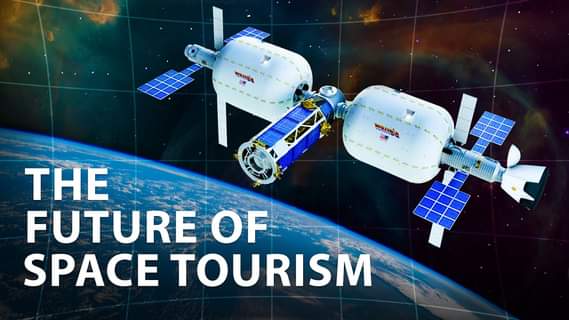
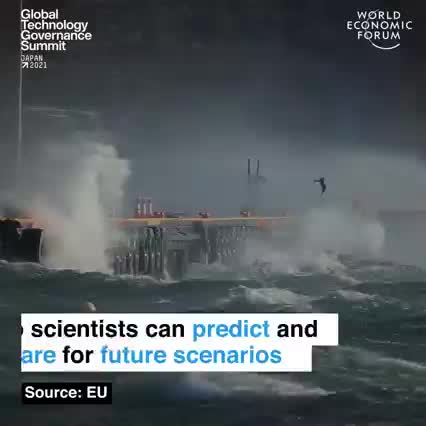

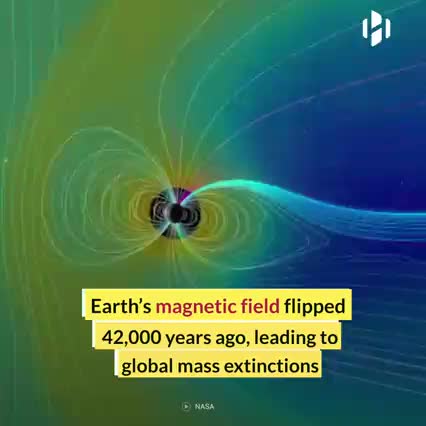

A small, flying reptile glides beneath the canopy of an ancient forest, scouring the trees for tasty bugs. She spots a cicada buzzing in the boughs of a ginkgo tree, then swoops down to snatch it up in her beak. The bug flees; the reptile follows, grasping swiftly along the branches with her sharp claws until – snatch! – she grabs the bug with her opposable thumbs.
It’s not your typical picture of a pterosaur – those iconic, winged reptiles that lived through most of the Mesozoic era (from about 252 million to 66 million years ago).
But according to a new study published April 12 in the journal Current Biology, a newly-described Jurassic pterosaur appears to have lived its life among the trees, hunting, and climbing with the help of its two opposable thumbs – one on each of its three-fingered hands.
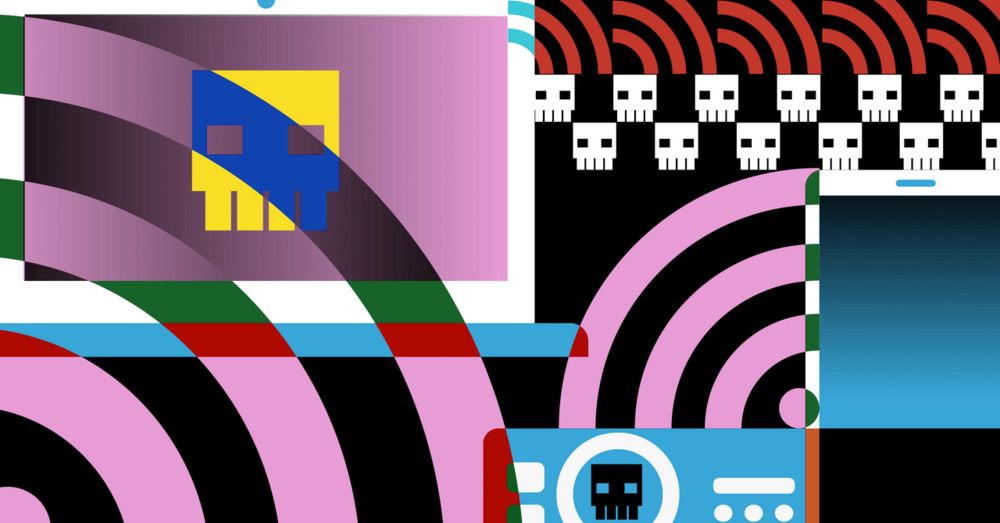
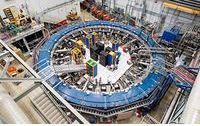
Hackers can now use a JavaScript exploit to trigger Rowhammer attacks remotely on modern DDR4 RAM cards.